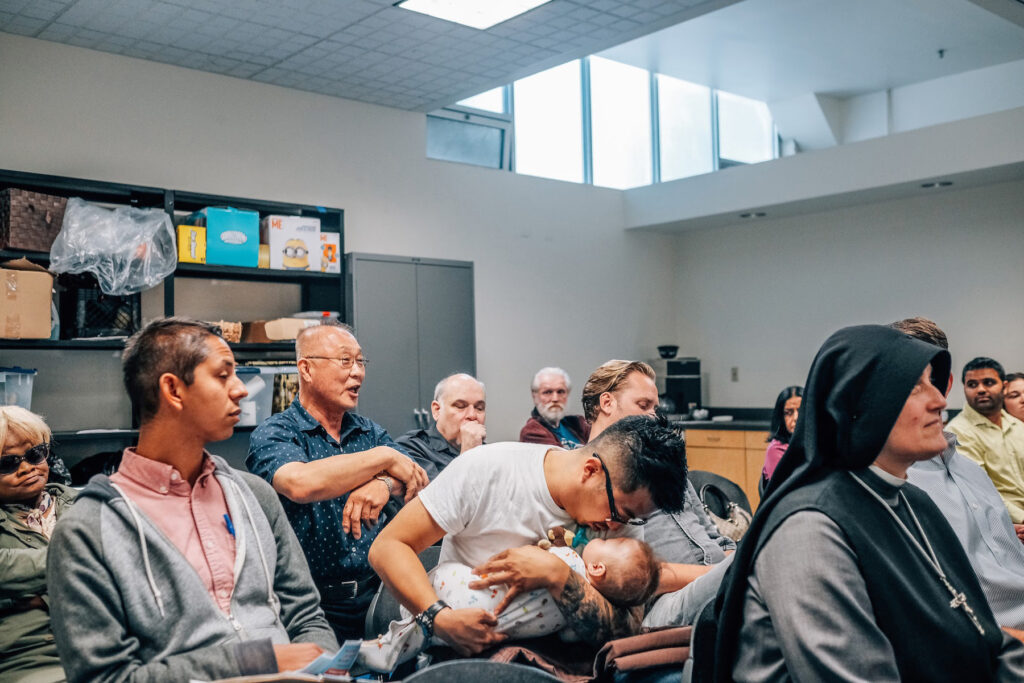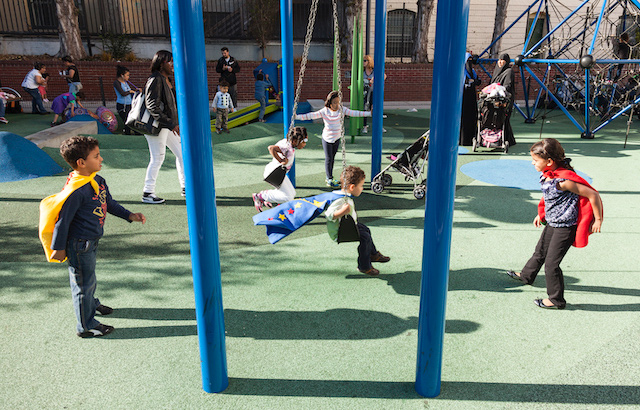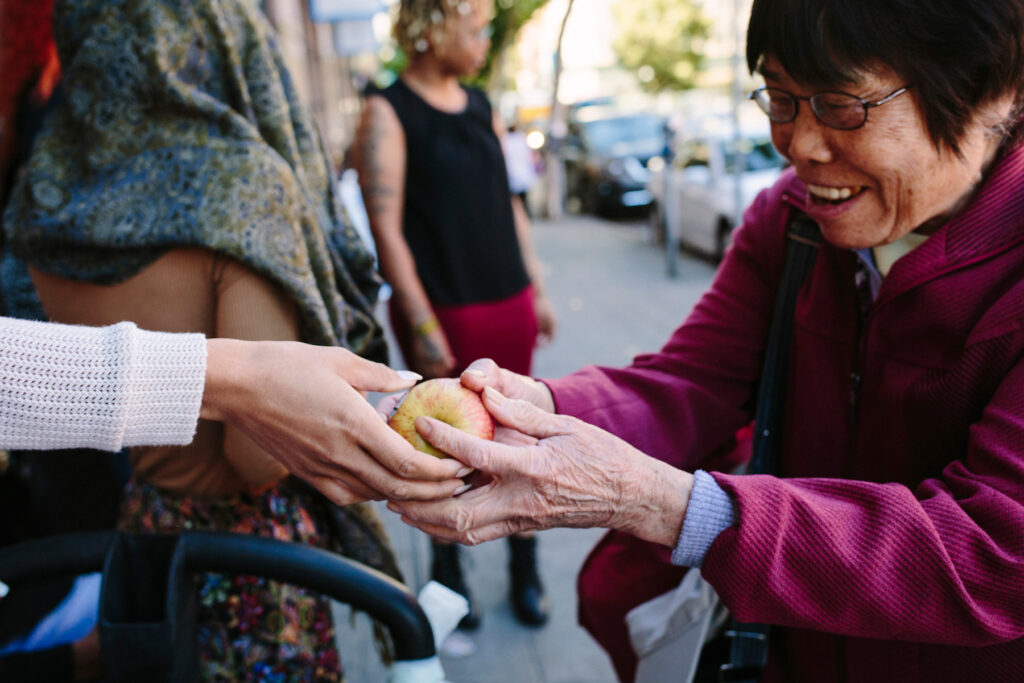Current Efforts
We’ve created teams for each topic and we meet every other month. Team members include SFHIP Steering Committee members, but also subject matter experts who come from other organizations or collaborations in the field and bring programmatic, policy, advocacy, and governmental experience. If you would like to join a team, please contact us.
Community Healing
Communities of color and marginalized communities are harmed by trauma at a community-level as a result of adverse conditions, which are a result of systemic racism, structural violence, and economic exclusion. In order to create population level changes, it’s critical to move beyond individual-level interventions and create community-level interventions to address to underlying factors that are affecting all members in a community. Community healing seeks to address to the current wounds and inequities faced by our communities by creating community-led strategies that improve the social-cultural environmental, physical/built environment, and improve economic opportunities.


Economic Inclusion
The city of San Francisco has experienced tremendous economic growth in recent years; however, significant economic disparities and inequalities continue to exist in under-resourced populations, which are largely composed of people of color. These communities often face high levels of poverty, low educational attainment, and discrimination – all factors which prevent people for obtaining and maintaining fair paying jobs and which prevent upward mobility for their families and communities. Economic inclusion seeks to use public and private efforts to reduce long-standing economic barriers and create pathways for marginalized populations to economically flourish.
Food Security
Entire communities in San Francisco experience food insecurity at a population level, also known as food apartheid, contributing to poor health and health disparities. This is often the result of political, economic, and system-level inequalities, which have led to lack of healthy grocery options and an abundance of processed and fast food options in low-income communities. Food security seeks to address the current system-level barriers that contribute to vulnerable populations’ food insecurity.

Copyright sfhip 2022

